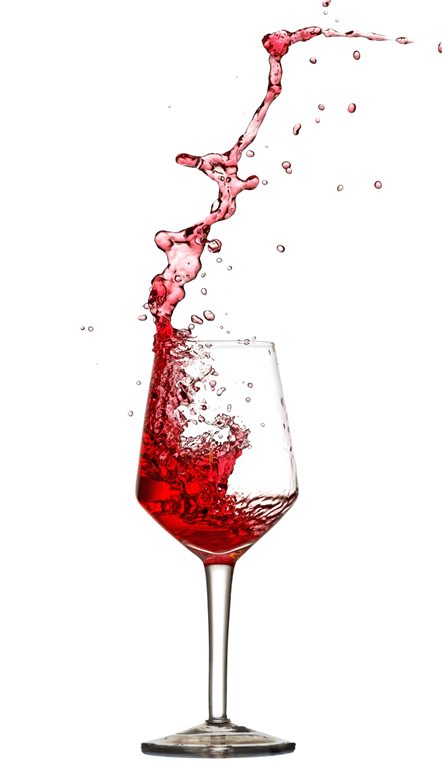26/02/2019
Perks of post-Brexit Britain: The rise of independent wine shops
Contributed by Go Brazil Wines
6/07/2018 - Go Brazil Wines

Nicholas Corfe of Go Brazil Wines and Spirits discusses the various merits of the alcohols produced by the World Cup quarter finalists….
“While the competition itself has been full of upsets, at this stage of the 2018 FIFA World Cup it is perhaps less of a surprise that five out of the eight quarter-finalists are established wine-producing nations. Try as we might, Sweden doesn’t quite qualify for this group ( being better known for its vodka ), while Belgium is of course celebrated for its beers. Vodka aside, Russia is a little trickier, as the now independent, ex Soviet, country of Georgia is a producer of fine red and sparkling wines in the Black Sea region.
Of the ‘remainers’ France needs no introduction, with the Loire, Champagne, Bordeaux and Burgundy all familiar regions. However one wine from this country that is perhaps less well known is ‘Crémant’, the French term used for any sparkling wine made in the Traditional Method ( = Champagne style), and which can originate in any area of France. The UK wine trade is actively promoting Crémant, both because it usually offers better value than Champagne and because it is an alternative to Prosecco, which many feel has now peaked in popularity.
We then move back across the Channel to England, which has seen a remarkable upsurge in vineyard plantings in recent years and some very high quality sparkling wines being produced. Nyetimber, Hush Heath, Ridgeview and Camel Valley, to name a few, are all producing award-winning wines and have even been beating the French (!) in blind-tastings.
Croatia, with its long Adriatic coastline and mountainous interior, is home to well over 100 indigenous grape varieties, about two-thirds of which go to make still white wines.
Although not acquainted with many, in general we can say that they are mainly dry, and vary from rich and fruity to lighter aromatic styles, showing good acidity.The reds are produced mainly in Dalmatia and the south, are full-bodied and dry, with the ‘Plavac Mali’ grape a key component of their many local wines .
Meanwhile, in South America, Uruguay also loves its bold red wines – usually to partner the delicious steaks which are so prevalent there. Indeed, the country has adopted the thick-skinned, dark Tannat grape as its own and is producing fine examples, both young and fruity and barrel aged. Across the border in Rio Grande do Sul, Brazil’s most southerly state, the same grape grows equally well, and can sometimes be found blended with Cabernet Sauvignon, Merlot or Shiraz. Brazil is also enjoying a growing international reputation for its sparkling wines, with prominent wine critics such as Jancis Robinson and Oz Clarke commenting positively on their development.
Will one of the ‘wine-drinkers’ win the Cup – or is to the turn of a hop or grain producer?! .. we’ve no idea, but all will be revealed on Sunday 15th July.. ’’
All articles on this news site are submitted by registered contributors of SuffolkWire. Find out how to subscribe and submit your stories here »